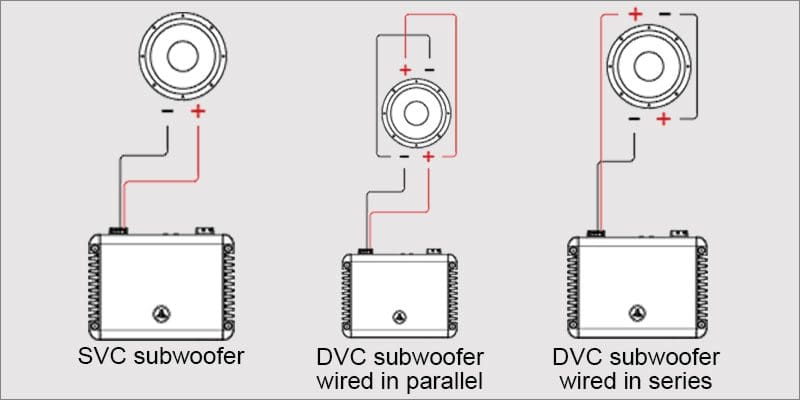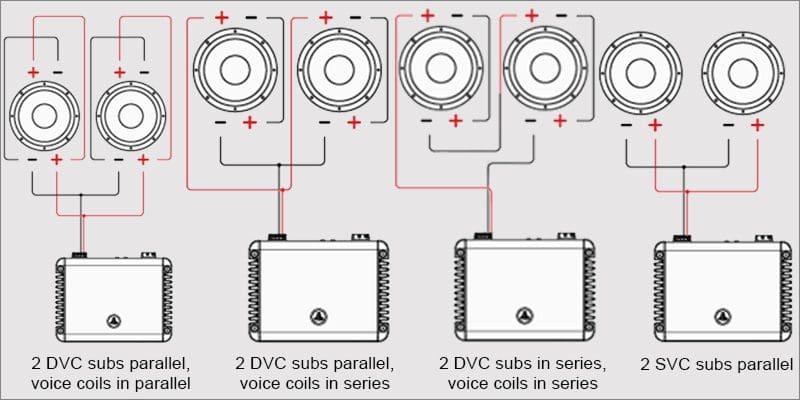ARC Audio has offered class-leading amplifier and speaker upgrade solutions for Harley-Davidson touring motorcycles for more than a decade. Their experience and obsession with sound quality have led them to create a new generation of high-performance speakers that balance output capability and efficiency, bass extension and accuracy. The latest evolution of their motorcycle and powersports speaker line is the new MOTO CX6 6.5-inch coaxial-style speaker set. Based on a totally reimagined design, these new speakers sound better, handle more power and shrug off water, dust and debris better than their predecessors. If that seems like too much to ask, you might be in for a surprise.
ARC Audio MOTO CX6 Basket and Motor Features
The MOTO CX6 is technically a component speaker set with the tweeter mounted on a bridge above the woofer. The benefit of this design is a significant increase in woofer cone area that improves efficiency and enhances low-frequency output capabilities. The elimination of the second weather-resistant surround around a coaxial pole piece provides an additional improvement in sound quality.
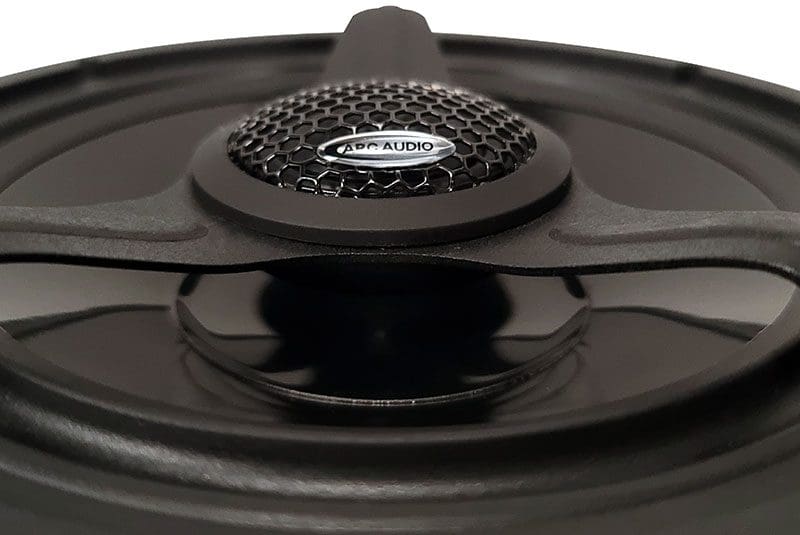
The CX6 speakers are based on a custom-tooled, die-cast aluminum chassis design. The thick four-spoke basket features eight large cooling vents under the spider mounting plateau to help heat from the voice coil escape. The spider plateau was designed at the correct height above the top plate to eliminate the need for a cupped spider that would be detrimental to the speaker’s performance.
The speaker chassis includes four mounting holes, and thick foam gaskets are included on the rear of the basket to seal against the speaker pods found in newer Harley-Davidson Road Glide and Street Glide motorcycles. It’s worth noting, the significant excursion capability of the new woofer design, combined with the heavy-duty steel tweeter bridge, requires the use of Boom 2 bumped grilles or the forthcoming MOTO SG2014+ replacement grille kit.
The motor is based around a Y35A-grade ferrite magnet, and the top plate is CNC-cut hot rolled steel. The T-yoke features an integrated shorting ring. Most listeners will perceive this upgrade as delivering a smoother and more accurate midrange response. For those who are technically minded, the shorting ring helps prevent the current flowing through the voice coil from creating a secondary magnetic field in the motor that opposes the magnetic field created by the magnet. Did you follow that? Either way, it’s an important feature and one that offers audible performance benefits.

Cone and Suspension Components
The woofer cones are based on an injection-molded polypropylene doped with carbon to increase thermal stability and improve the damping characteristics. The upper edge of the cone is attached to the basket with an inverted low-shore rubber surround. A large dust cap covers the bond between the cone and the 1.25-inch glass fiber voice coil former. The large diameter of the voice coil helps to improve thermal power handling by increasing its total surface area. Likewise, the choice of a ferrite magnet allows it to act as a large-mass thermal heat sink to wick heat away from the voice coil assembly. The result is a speaker design that can easily handle eight hours at its full rated 110-watt power level.
The spider is made of Nomex and features a constant wave progressive design that prevents the assembly from bottoming out at extreme power levels. The spider, coil former and cone are bonded together with a high-temperature adhesive rated for over 230 degrees C (440+ F) to ensure reliability.
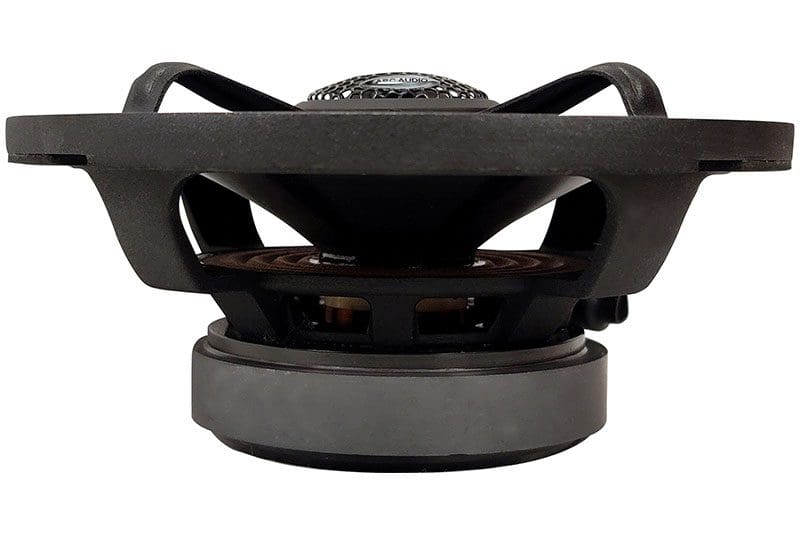
High-Performance Tweeter Delivers Amazing Clarity
The tweeter suspended above the woofer is based around a polyetherimide (PEI) and mylar dome damped with Norseal PVC mesh. This unique composite dome design is popular in pro audio compression drivers as it combines strength and damping with heat- and weather-resistance. The tweeter uses a copper voice coil wrapped around a composite Kapton mesh former, and a neodymium slug in the center of the voice coil serves as the motor. The effective diameter of the tweeter is 1 inch, and a hexagonal mesh grille protects it. A high-performance mylar capacitor affixed to the rear of the woofer basket serves as the crossover for the tweeter.
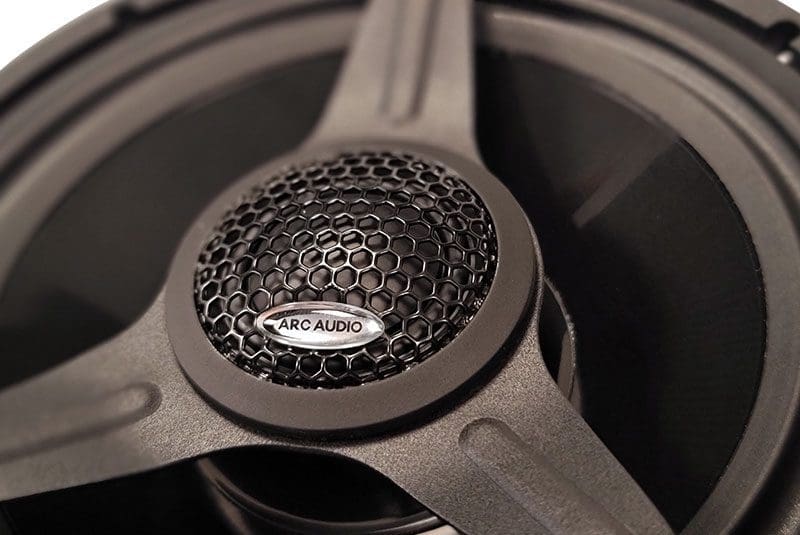
Upgrade Your Motorcycle or Powersports Vehicle with the ARC Audio MOTO CX6 Today!
As the first of their next-generation products, the MOTO CX6 replaces the current MOTO 602v2 product. While the 602s were great, the new technologies in the CX6 are worth the change. If you’re searching for a motorcycle speaker that sounds realistic and offers impressive midbass performance while still getting loud, drop by your local authorized ARC Audio retailer and ask about the new MOTO CX6. Be sure to keep up with the latest product releases from ARC Audio by visiting their website, Facebook page, Instagram page and YouTube channel.
This article is written and produced by the team at www.BestCarAudio.com. Reproduction or use of any kind is prohibited without the express written permission of 1sixty8 media.
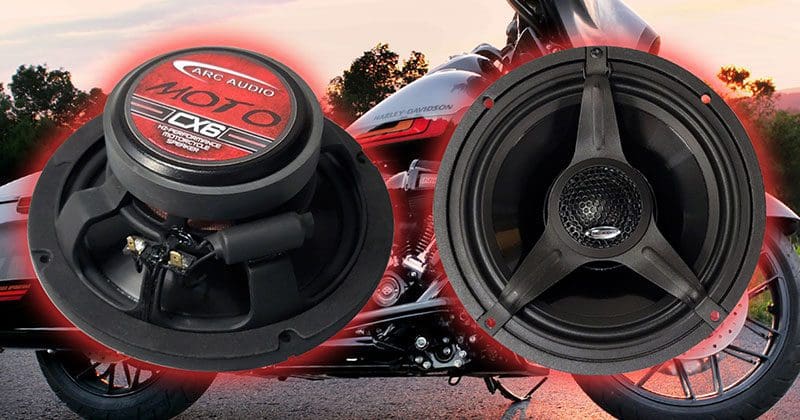

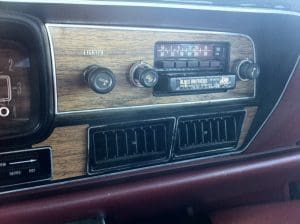


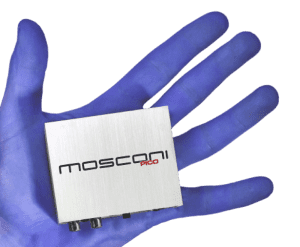

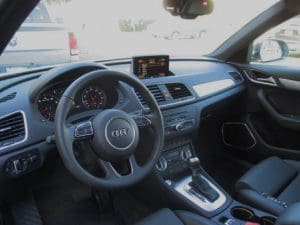

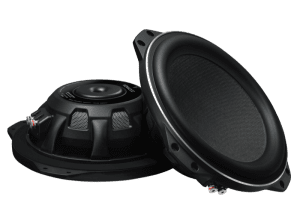
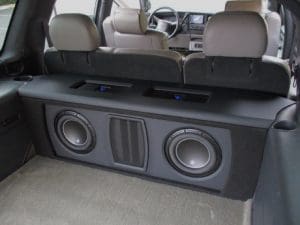
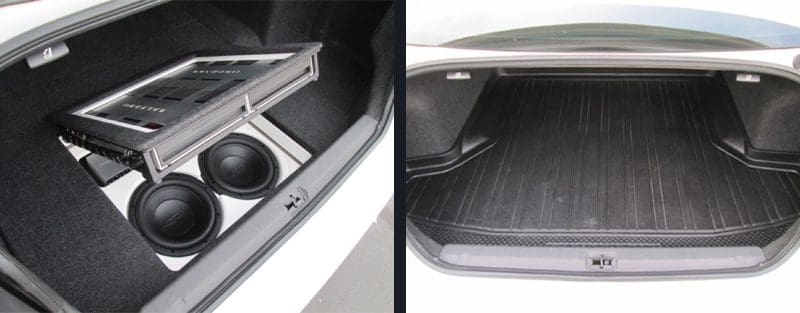
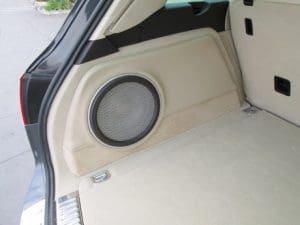
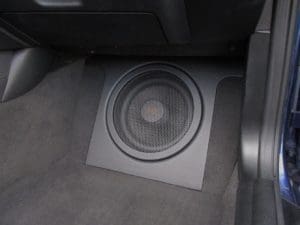
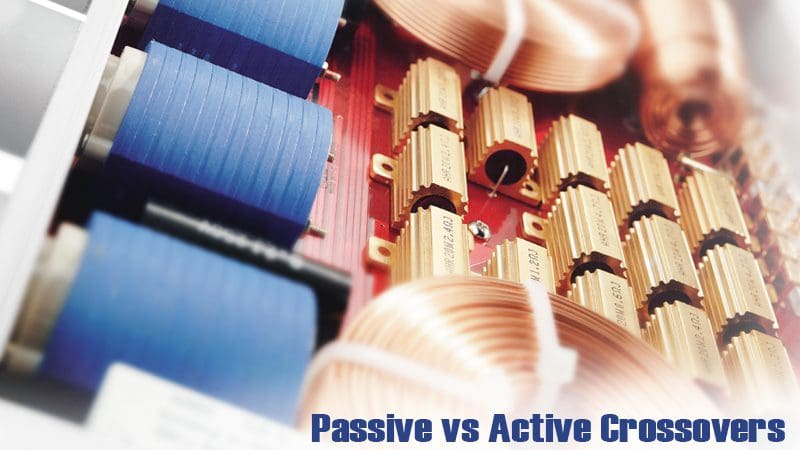
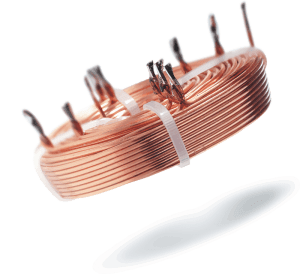
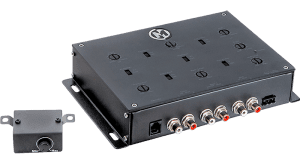
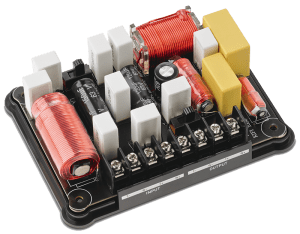
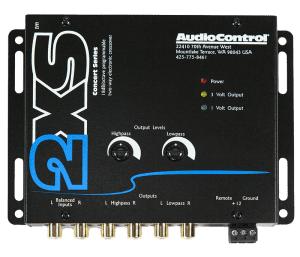
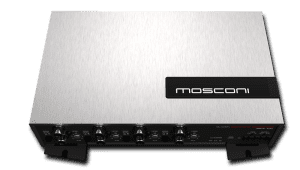
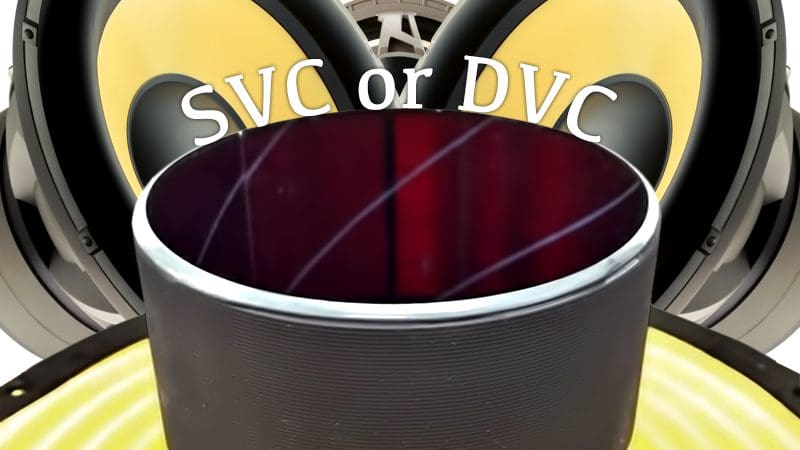
![By Matt Rider (Own work) [CC BY-SA 3.0 (https://creativecommons.org/licenses/by-sa/3.0)], via Wikimedia Commons Voice Coil](https://www.bestcaraudio.com/wp-content/uploads/2016/10/Voice-Coil-3-300x300.png)
